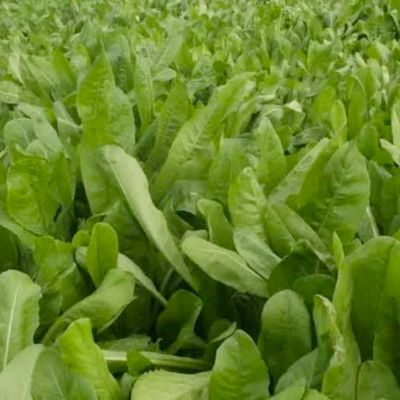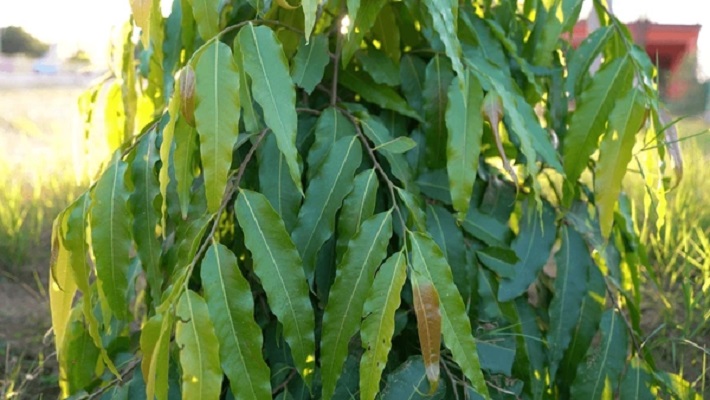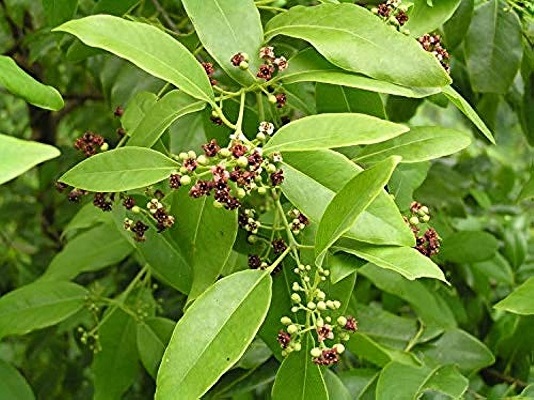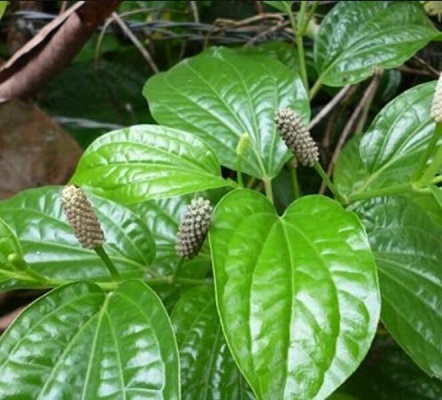On This Page
Asoka (Saraca indica) – Uses and Benefits
Introduction
Asoka is one of the most widely used herb in Ayurveda treatment procedure and preparation of medicines. The plant have many therapeutic properties and is used to cure vast number of diseases. The name Asoka itself means that the plant can relieve pain and the persons who consumes the plant will get relief from many health problems. Saraca is the name of the French physician who discovered the medicinal properties of the plant and indica means the plant is native to India.
Dr. Gupta’s IAFA by consistently working on the plant Asoka, has discovered many therapeutic actions of the herb. The plant can be used as a Uterine sedative, Astringent, stimulant, anti-inflammatory, analgesic, and antimicrobial agent. Asoka can cure conditions like Worm infestations, Uterine disorders, Piles, Different types of pains, Burning sensation etc. The methanol extract of the herb is capable of ameliorating the conditions of Arthritis. The extracts of the plant also contains antibacterial agents. Flavanoids of Asoka has shown chemopreventive activity on 2-stage skin carcinogenesis.
Action of Asoka – Saraca indica in Allergies
By consistently working hard, IAFA experts have successfully proven the antiallergic, antimicrobial and anti-inflammatory properties of the plant Asoka. The plant contains phytoconstituents like Catechol, Epicatechol, Leucocyanidin, B-sitosterol, Quercetins, Gallic acids, Palmitic, Stearic, Oleic and Linoleic acids. These phytoconstituents aids in the antiallergic property of the plant. The Decoction prepared from the leaves of Asoka have antiallergic property and can cure skin diseases.
Vernacular Names
| Sanskrit Name | अशोक, हेमपुष्पा, वज्जि, ताम्रपल्लव, कद्केलि पिण्डपुष्प, गन्पुष्य, नट |
| Hindi Name | Ashok |
| English Name | Asoka tree |
| Malayalam Name | Asoka |
| Kannada Name | Ashoka |
| Marathi Name | Asoka |
Botanical Name
Saraca indica
Family
Caesalpinaceae
Morphology of Asoka – Saraca indica
- Medium sized tree
- Leaves are compound type corky at the base
- Inflorescence is axillary corymb
- Flowers have fragrance
- Fruit is pod
- Seeds are ellipsoid oblong
Ayurveda Reference of Asoka – Saraca indica

Geographical Distribution of Asoka – Saraca indica
Asoka is found throughout India especially in forest regions of Western Peninsula, Central and Eastern Himalayas.
Phytoconstituents of Asoka – Saraca indica
- Pods-Contain-Catechol, Epicatechol, Leucocyanidin
- Seeds-Have oleic, Linoleic, Palmitic and Stearic acids.
- Flowers- Contain-B-sitosterol, Quercetins, Gallic acids, Palmitic, Stearic, Oleic and Linoleic acids.
Parts Used of Asoka – Saraca indica
- Stem bark
- Seed
- Flowers
- Leaves
Dosage of Asoka – Saraca indica
- Powder – 3-5gm (churnam)
- Decoction – 40-90ml (kwatha)
Medicinal Properties of Asoka – Saraca indica
- Jwarahara -alleviates fever
- Kasahara – relieves cough
- Sulahara – relieves pain
- Sophahara – relieves swelling
- Swasahara – relieves asthma
- Kushtaghna – alleviate skin disorders
- Krimighna – useful in worm infestations
- Kandughna – relieves itching
- Vishaghna – useful in poisoning
- Vranahara – useful in wounds

Have A Health Issue?
Consult Online
- Dr. Sahil Gupta (B.A.M.S., M.H.A.)
Ayurvedic Allergy Specialist
CEO & Founder of IAFA®
Home Remedies of Asoka – Saraca indica
Ayurveda is an ancient treatment system which is purely based on naturally available herbs which have no side effects at all. Asoka is one of the most readily available herb. So it can be used in treating many diseases like:-
- In Disorders of Vata (Vata vyadhi) – Ghee prepared using Asoka is beneficial in curing vata vyadhi. The ghee can be taken internally Daily.
- In Metrorrhagia (Pradara) – Decoction prepared from the bark of Asoka is taken internally at a dose of 60ml will check severe bleeding per Vagina.
- In Fever (Jwara) – Decoction made with leaves of Asoka and taken internally at a dose of 60 ml.
- In Inflammation (Sopha) – Paste prepared from Asokabark and ghee is applied over the skin part.
- In thirst (Thrishna) – Cut pieces of Asoka is taken and boiled in water. It is then taken orally to relieve thirst.
- In Urinary calculus (Asmari) – Seed of Asoka is taken and powdered. It is then taken along with water.
- In Cough (Kasa) – Decoction made with leaves of Asoka. It is then taken orally to relieve Cough.
- In Burning sensation (Daha) – Decoction of Asoka is taken internally to alleviate Daha.
Dr. Gupta’s IAFA mainly aims in promotion of Ayurvedic science by adopting treatment methods mentioned in classic textbooks like Susrutha Samhitha and Ashtanga hridaya. We follows strict guidelines to ensure the safety of all consumers. We completely uses toxic free herb and ensures health and safety of our customers .
Reach IAFA for safe herbal remedies for all your ailments!!!
Was this Page Helpful?
Read More Articles
-

Kasini (Cichorium intybus)
Kasini (Cichorium intybus) commonly known as Chicory is a perennial herb, with large…
-
-









